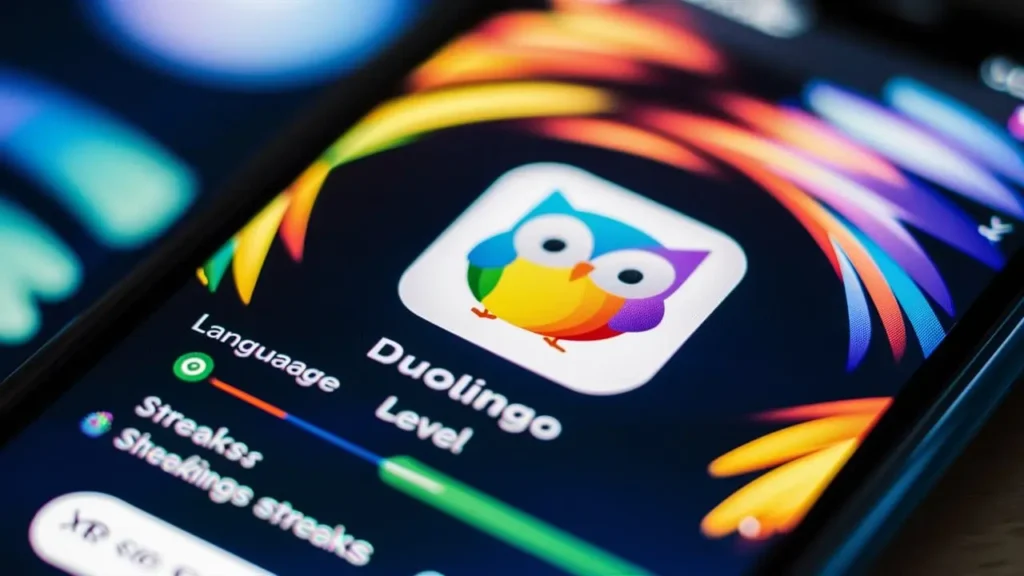Introduction: Why Gamification is Transforming Education
Imagine a classroom where students are so engaged that they forget they’re learning. That’s the power of gamification in education. By integrating game mechanics like points, badges, and leaderboards into learning, educators are unlocking new levels of student motivation and success. Whether you’re a teacher, a parent, or a student, gamification is changing the way we think about education.
Table of Contents
In this article, we’ll explore how Gamification in Education is boosting engagement, improving outcomes, and shaping the future of learning. From its psychological benefits to real-world examples, we’ll cover everything you need to know about this transformative trend.
What is Gamification in Education?
Gamification is the application of game design elements in non-game contexts, such as education, to motivate participation, engagement, and loyalty.
Definition: Using game mechanics like points, badges, levels, and leaderboards in educational settings.
Purpose: To make learning more engaging, interactive, and fun.
Examples: Kahoot!, Classcraft, and Duolingo.

Data/Stats to Include:
- A study by TalentLMS showing 83% of employees feel more motivated with gamified training.
The Psychology Behind Gamification
Why does gamification work? The answer lies in psychology. Gamification taps into our innate desire for achievement, competition, and rewards.
Key Points:
- Intrinsic Motivation: Games satisfy our need for autonomy, competence, and relatedness.
- Dopamine Release: Achieving goals in games triggers dopamine, making learning enjoyable.
- Behavioral Reinforcement: Rewards and feedback loops encourage continuous engagement.
Data/Stats to Include:
- Research showing gamification increases retention rates by up to 90%.
Benefits of Gamification in Education
Gamification isn’t just fun—it’s effective. Here’s how it’s transforming education:
Key Points:
- Increased Engagement: Students are more likely to participate in gamified activities.
- Improved Retention: Gamification enhances memory and understanding through interactive learning.
- Enhanced Collaboration: Multiplayer games foster teamwork and communication.
- Personalized Learning: Games adapt to individual skill levels, providing a tailored experience.
Examples of Gamification in Action:
- Kahoot!: A quiz-based platform that makes learning competitive and fun.
- Classcraft: Turns classroom activities into a role-playing game.
- Minecraft Education Edition: Uses the popular game to teach coding, history, and more.
Challenges and Criticisms of Gamification
While gamification has many benefits, it’s not without its challenges.
Key Points:
- Over-Reliance on Rewards: Students may focus more on earning points than learning.
- Implementation Costs: Developing gamified systems can be expensive and time-consuming.
- Equity Issues: Not all students have equal access to technology or gaming resources.
Data/Stats to Include:
- A survey by eLearning Industry showing 45% of educators face challenges in implementing gamification.
Real-World Examples of Gamification in Education
Gamification is being used in classrooms and online platforms worldwide. Here are some standout examples:
Key Points:
- Kahoot!: A game-based learning platform used by millions of teachers and students.
- Duolingo: A language-learning app that uses gamification to keep users engaged.
- Classcraft: A classroom management tool that turns learning into an adventure.
Table: Gamification Platforms and Their Features
| Platform | Features |
|---|---|
| Kahoot! | Quiz-based games, leaderboards, and real-time feedback |
| Duolingo | Streaks, XP points, and level progression |
| Classcraft | Role-playing, team challenges, and behavior management tools |
How to Implement Gamification in Your Classroom
Ready to bring gamification into your classroom? Here’s how to get started:
Key Points:
- Start Small: Introduce simple game mechanics like points or badges.
- Align with Learning Goals: Ensure gamification supports your curriculum objectives.
- Use Free Tools: Platforms like Kahoot! and Quizlet are easy to use and cost-effective.
- Gather Feedback: Regularly ask students for input to improve the experience.
Data/Stats to Include:
- A case study showing a 60% increase in student engagement after implementing gamification.
Conclusion: The Future of Gamification in EduEducation Trendscation
Gamification is more than a trend—it’s a powerful tool that’s reshaping education. By making learning engaging, interactive, and fun, gamification is helping students achieve their full potential.
As we look to the future, expect to see even more innovative uses of gamification, from AI-driven personalized learning to immersive VR experiences. Whether you’re an educator, a student, or a lifelong learner, now is the time to embrace gamification and unlock its full potential.
Call to Action: Have you tried gamification in your classroom or learning journey? Share your experiences in the comments below!
FAQ Section
- What is gamification in education?
- Gamification involves using game mechanics like points, badges, and leaderboards to make learning more engaging and effective.
- How does gamification improve learning?
- It boosts engagement, enhances retention, and fosters collaboration through interactive and fun activities.
- What are some examples of gamification in education?
- Popular examples include Kahoot!, Duolingo, and Classcraft.
- What are the challenges of gamification?
- Challenges include over-reliance on rewards, implementation costs, and equity issues.
- How can I implement gamification in my classroom?
- Start small, align with learning goals, use free tools, and gather student feedback.


1 thought on “Gamification in Education: Boosting Engagement & Success”